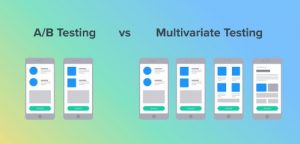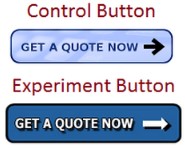Reflection
The third unit of English technical writing class was incredibly challenging but taught me a lot. In this class we focused on writing documents pitched to the reader of the document; writing with a “You” perspective. In addition, we used the “You” attitude for the following: wrote an email memo providing feedback to a student’s letter to staff, writing of business letters, formal report, and review of a formal report.
Writing a critique on someone’s email message using the “You” attitude, was a real tightrope walk for me. Maintaining the harmony between giving honest feedback but not coming off as harsh was difficult. However, this experience definitely helped me grow and I believe it will be incredibly beneficial in the long run.
In the realms of software engineering, individuals have varying expectations concerning; code quality, documentation of code, length of code and efficiency of work. Due to this assignment, I am in a better position to provide other people with constructive and informative criticism.
The Complaint Letter and a Bad News Letter with a “You” perspective, was meant to improve our skill in “delivering of bad news” while being considerate of the other person’s feelings and awareness of the necessity of not trampling on one’s pride.
From drafting a formal report, I learnt how to adequately write a report. It is very easy to get overwhelmed by a Big Task like this. I found myself often missing the forest for the woods. However, this is where the outline exercise became a lifesaver, I learnt that if I follow an outline I would not feel as lost. I tried to systematically pace myself which gave me plenty of time.
The statement of the problem allowed me to concisely state the issues that I aim to solve. Given that I stated the problem, in the beginning, my writing became much more focused and specific. This was a huge help since I have the tendency to go tangential to my objective.
After that I looked at each communication channel; frequency of usage, efficiency in communication and specific communication needs. I realized simply trying to enumerate the following things led to some epiphanies about patterns I hadn’t noticed. It also led me to ask questions about the data I had not thought of before. After enumerating the numbers I went back and counted efficiency scores based on the modal purpose we found. Regardless, the biggest takeaway was once again seeing the big picture. Seeing all the facts together, allowed me to make more sensible recommendations and conclusions.
Soon enough, I reviewed Matthew’s report. Deriving from my experience, from the past two units, I first read his report passively and then noted down my observation before actively parsing through the report to identify areas of improvement. Doing so allowed me to understand the “YOU” perspective of my report. Since his report was written for the board of directors of Attack Volleyball this exercise required me to change gears from the usual review assignments we have done. I now had to think from their perspective.
First Draft Attached Below:



